"From Backcountry to Breadbasket to Battlefield and Beyond" introduces the varied historical themes that make up Cedar Creek and Belle Grove National Historical Park, and offers a look at the exhibit of the same name on display at the park's visitor center.
-
Cedar Creek & Belle Grove National Historical Park
Article 1: Visiting the Park
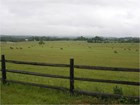
The National Park Service along with Belle Grove, Inc., Cedar Creek Battlefield Foundation, the National Trust for Historic Preservation, Shenandoah County, and the Shenandoah Valley Battlefields Foundation manage this park for you and generations to come. Read more
-
Cedar Creek & Belle Grove National Historical Park
Article 2: Worth Fighting For
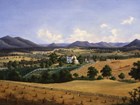
From the arrival of the first American Indians and European settlers, through the coming of the Civil War, the rich natural resources of the Shenandoah Valley shaped both its history and its fate. Read more
-
Cedar Creek & Belle Grove National Historical Park
Article 3: Born from Stress & Strain
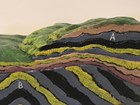
Natural forces have shaped the Shenandoah Valley landscape creating a distinct mix of geological strata, soil types, drainage patterns, and terrain. Read more
-
Cedar Creek & Belle Grove National Historical Park
Article 4: A Bountiful Land

A combination of fertile soil, abundant water sources and a perfect climate made farming especially profitable to early settlers of the Valley. Read more
-
Cedar Creek & Belle Grove National Historical Park
Article 5: Enslavement in the Shenandoah Valley
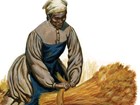
The Shenandoah Valley had small family farms that owned none, one or a few enslaved people. The Valley also had larger plantations with many enslaved people. White residents of the Valley were all economically connected to slavery. Therefore, their culture, like that of the rest of the United States, was part of a system of race-based slavery and they used racism, violence, and fear to maintain it. Read more
-
Cedar Creek & Belle Grove National Historical Park
Article 6: Breadbasket of the South
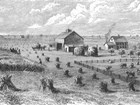
The Valley was once the most valuable wheat producing area of the entire South, due to rich soils, a farming culture, and a good road system. Read more
-
Cedar Creek & Belle Grove National Historical Park
Article 7: Vital Route
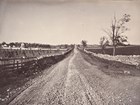
Agricultural products had no value unless the farmers could get their produce to market—Alexandria, Baltimore, Philadelphia, or beyond. The Valley Pike promoted prosperity and became the lifeblood of the Valley. Read more
-
Cedar Creek & Belle Grove National Historical Park
Article 8: The Coming of War
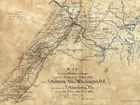
The Shenandoah Valley’s geological formation created a natural corridor, which during the Civil War attracted armies on both sides as an avenue of invasion and counter-invasion. Read more
-
Cedar Creek & Belle Grove National Historical Park
Article 9: Faces of the Valley
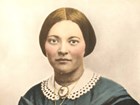
Some of the Shenandoah Valley's diverse individuals are captured in portrait photographs and other historic documents. Here are some of the faces of the Valley and their stories. "Faces of the Valley" is part of the exhibit "From Backcountry to Breadbasket, to Battlefield, and Beyond" at the Visitor Center. Read more
-
Cedar Creek & Belle Grove National Historical Park
Article 10: Voices from a War Torn Valley
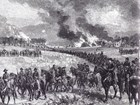
"Voices from a War Torn Valley" is a flip book of illustrations, quotations, and stories from the exhibit "From Backcountry to Breadbasket, to Battlefield, and Beyond." Read more
-
Cedar Creek & Belle Grove National Historical Park
Article 11: Devastation of the Valley
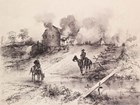
The Union’s new “total war” policy in 1864 led to “The Burning” of the Valley, which left the land scorched and brought tremendous suffering for its residents. Read more
-
Cedar Creek & Belle Grove National Historical Park
Article 12: Beginning of the End

The Federal victory at Cedar Creek ended Confederate resistance in the Shenandoah Valley. Coming just three weeks before the presidential election, news of the victory boosted morale in the Northern states and helped carry Abraham Lincoln to a landslide reelection. Read more
-
Cedar Creek & Belle Grove National Historical Park
Article 13: The Aftermath

In the postwar years, many former Confederates began to accept the war’s results and look forward, with the rest of the nation, to a period of national reconciliation. The nation remembered those who had fallen by building monuments and participating in Civil War. Read more
-
Cedar Creek & Belle Grove National Historical Park
Article 14: Jedediah Hotchkiss' Maps of the Shenandoah Valley
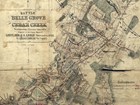
Jedediah Hotchkiss's accurate maps played a role in numerous Confederate victories in the Shenandoah Valley and elsewhere. Exhibits showing selected maps are on display at the Visitor Center. Read more
